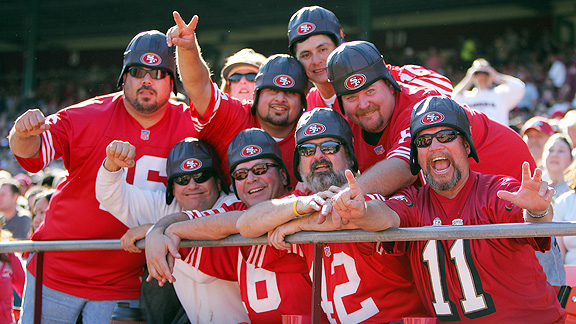Bleacher Report may have spent much of its life quietly climbing the rankings of top sports destinations, but it’s not being bashful or patient anymore.
In a little more than a year, it has hired Brian Grey as its new CEO, a guy who used to run two of its four largest competitors, and it has passed Sports Illustrated and CBS Sports in traffic, beefed up its sales staff, starting hiring a professional editorial team and raised a $10 million round of funding.
Today, it’s announcing another cash infusion: A $22 million growth round from Oak Investment Partners, with participation from existing investors Crosslink Capital and Hillsven Capital. Oak general partner Fred Harman— an early backer and board member of Federated Media, Huffington Post and Demand Media– will join the board. Considering the latter are two of the only new media companies to have significant exits, that’s a weighty board addition. (Even if you believe one or the other is the media equivalent of the anti-Christ. I should note in some quarters of the sports reporting world, Bleacher Report is equally as polarizing.)
“Sports is a big opportunity and no one has gotten it right yet,” Harman says. “People are clearly as passionate and opinionated as they are in politics, and they are less inhibited to express their opinions. I’d argue Bleacher Report has done a far better job of embracing the capabilities of the online medium than the big sports name brands have.”
Bleacher Report wasn’t planning on raising more money for another six months, but Grey says the company was moving quicker than expected on key traffic and business milestones. Year-over-year page views are up 150%, time on site is up 50% and unique visits are up 75%. He wouldn’t give much detail on revenues, but says in the spring they were already way ahead of plan. Given how robustly the money and valuations are flowing in the Valley, there seemed little reason to wait. “We started to believe we could really build this into a billion dollar company, and we wanted to get aggressive,” Grey says.
The entire sum will go towards building the company, not cashing out early investors. Some of it will be earmarked for expanding the salesforce, reinvesting in the underlying technology of the platform, and increasingly hiring unpaid contributors who bubble up through the system and might otherwise have left for another paid sports reporting job.
But Bleacher Report is also going to look at new opportunities. It recently built a video studio and has been getting more serious about mobile apps. In addition, the company is going to look into expanding into new verticals beyond sports, new products like games or potentially getting more serious about international markets.
The latter seems like the no brainer of the three to me. One thing that transcends cultures, geography and languages is a passion for sports and an endless desire to analyze and second guess teams and managers. Unlike other types of news, it’s inherently subjective: Any seasoned fan can have just as solid of a take on a team as a sports writer or a scout. The themes that make Bleacher Report 7,000 contributors strong in the US, are just as strong among Brazilian soccer devotees and Indian Cricket fanatics. And as populations get more globally spread, sports also have a power to unite a diaspora. Keeping in touch with your home team is almost as comforting as eating your mom’s cooking.
To Harman the most important thing is extending Bleacher Report’s embrace of the real time Web via social media and mobile. Sporting events are one of the only categories in the media world where revenues haven’t been decimated by TV time-shifting, because watching a game as it happens is still such a big part of the experience. “This game will be won or lost by the publisher who can play best to that,” Harman says. “That’s the real bet I’m making with this company.”
